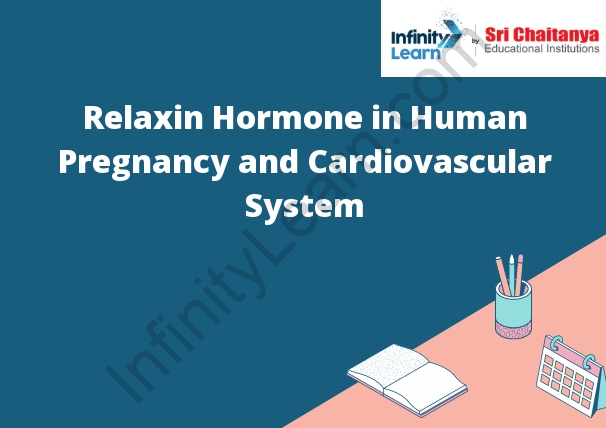Table of Contents
What is Relaxin? Relaxin Synthesis?
Relaxin is a peptide hormone that is produced primarily by the corpus luteum and placenta. It is responsible for the relaxation and dilation of the cervix and vagina in preparation for childbirth. It also promotes the growth and remodeling of the uterus and mammary glands in preparation for lactation. Relaxin synthesis occurs as a result of the cleavage of prorelaxin by the relaxin converting enzyme (RCEnzyme). It is a member of the insulin superfamily and is structurally similar to insulin. Relaxin Hormone in Human Pregnancy .

Functions :
Reproduction
Relaxin levels rise to a peak within approximately 14 days of ovulation, and then decline in the absence of pregnancy, resulting in menstruation.[9] Relaxin may be involved in the vital process of decidualisation, working alongside steroid hormones to allow the endometrium to prepare for implantation.[10] During the first trimester of pregnancy, levels rise and additional relaxin is produced by the decidua. Blood plasma levels of relaxin peak during the first trimester (8-12 weeks) at 1.2 ng/mL and subsequently drop following demise of the corpus luteum.[11] In pregancy, relaxin mediates the hemodynamic changes that occur such as increased cardiac output and increased renal blood flow.[12] It also relaxes other pelvic ligaments in the lower reproductive tract.[13]
In males, relaxin enhances motility of sperm in semen.[14]
Cardiovascular function
In the cardiovascular system, relaxin is secreated by the heart[15] and functions as a vasodialator mainly through the nitric oxide pathway. Other mechanisms include activation of NFκB leading to vascular endothelial growth factor (VEGF), activation of PI3K/Akt-associated signaling pathways,[16] and matrix metalloproteinases transcription.[17] In ex vivo experiments using subcutaneous resistance arteries, relaxin has shown to be a powerful endothelium-dependent vasodilator.[15][18]
Via upregulation of VEGF, relaxin also plays a key role in blood vessel formation (angiogenesis) during pregnancy, tumour development or ischaemic wounds.[19]
Relaxin Structure
The structure of the relaxin molecule is very similar to the insulin molecule, another small peptide hormone.
Function of relaxin
It helps to soften the cervix and loosen the joints.
Role of Relaxin in Pregnancy
The role of relaxin in pregnancy is to help loosen the ligaments in the pelvic area and to help the baby pass through the birth canal. Relaxin also helps to soften the cervix in preparation for labor.
Role of Relaxin in the Cardiovascular System.
Relaxin is a hormone that helps to relax the muscles and blood vessels in the body. This can help to improve blood flow and reduce blood pressure. Relaxin can also help to improve the function of the heart and reduce the risk of heart disease.
Relaxin Hormone in Human Pregnancy.









